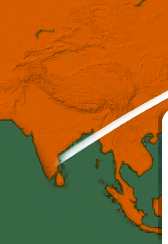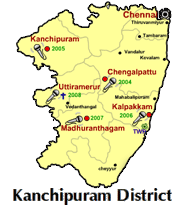Four Dark Corners of Life in India
In preparing for the crusade messages, I came across these areas of darkness that will, through this post and in my message, be exposed by the light.
It is amazing that man could ever love the darkness over the light when you think about the details of darkness, but that is the paradigm isn’t it. The attraction of darkness can only remain when the truth of it is kept hidden or flatly lied about.
Sexual exploitation of children (Asia Sentinel)
The scale of abuse, according to the national study, is far worse than anybody had thought. It reports that 69 per cent of all Indian children are victims of physical, mental or emotional abuse, with New Delhi’s children facing an astounding abuse rate of 83.12 percent.
The survey, which involved interviews with 12,447 children, also highlights that it is usually family members (89 percent) who perpetrate such crimes and that more boys face physical abuse (72.61) than girls (65 per cent). Overall, Indian children were found to be victims of a slew of sexual crimes — rape, sodomy, exposure to pornographic material, fondling, forcible kissing and sexual advances, among others.
The study also notes that child sexual abuse in India begins as early as five, ratchets up dramatically during pre-pubescence and peaks at 12 to 16 years. Some 21 percent of respondents acknowledged experiencing severe sexual abuse like rape, sodomy, fondling or exposure to pornographic material. Ironically, 71 per cent of sexual assault cases in India go unreported.
Corruption
Corruption is anti-poor, antinational, and anti-economic development. Out of a population of greater than one billion in India, 26 percent live below the poverty line. Any welfare policies addressing the needs of the poor are greatly limited by the corruption that permeates the bureaucratic apparatus involved with such redistribution. Out of the Rs. 150 million (US$3.75 million) spent in the public distribution system to provide food to the poor, 31 percent of the grains and 36 percent of the sugar were leaked into the black market
Caste Oppression
When social worker Bhanwari Devi, member of a low, potter’s caste, prevented a child marriage in the rural western state of Rajasthan in 1992, she was gang-raped in retaliation by five upper-caste men. They were acquitted after a three-year trial. The judge ruled that they could not have possibly raped a lower-caste woman like Devi, who was working for a state women’s development project.
The reality: Prosecutions of upper-caste men for rape or abuse of low-caste women in India are rare, but such violence is not. India, a nation of more than 1 billion, has about 240 million Dalits, and 48 percent, or more than 66 million, of them are women, according to the 1991 census.
Dishonesty
Integrity is a necessary attribute expected in practitioners of medicine. Unfortunately there is evidence on hand that academic dishonesty is widely prevalent in many Indian medical colleges and that a proportion of students seem to think that there is nothing wrong in participating in such acts. They surveyed 259 medical students from two government colleges in South India and reported 32% of students admitted to have copied at the university examinations.[8] What is rather worrying is the fact that 20% believed that there was nothing wrong in doing so and 33% said they would consider doing so in future, too.[




